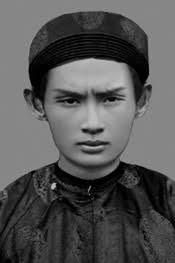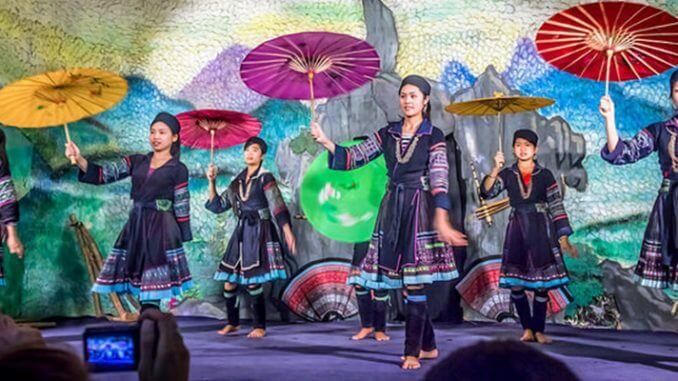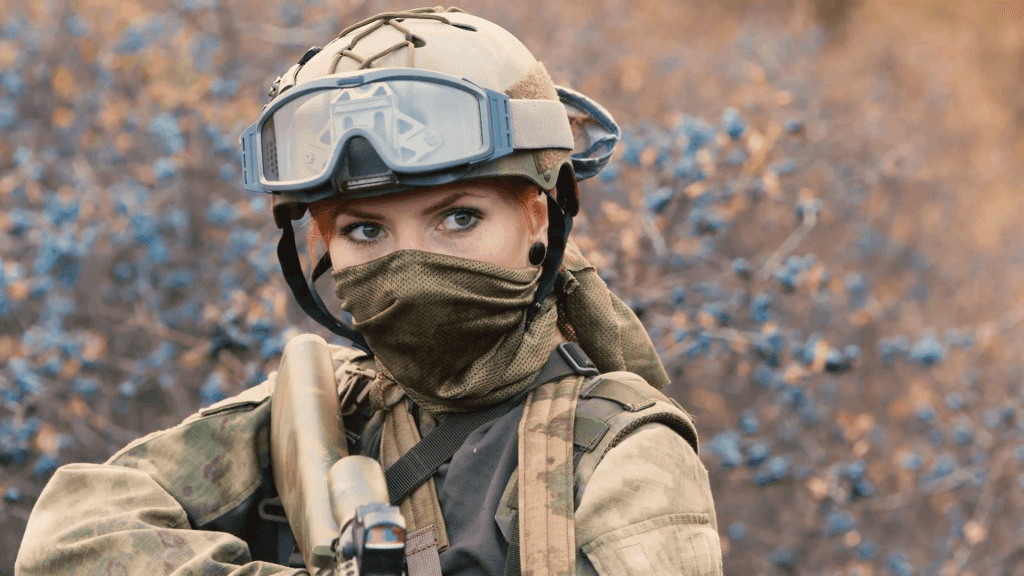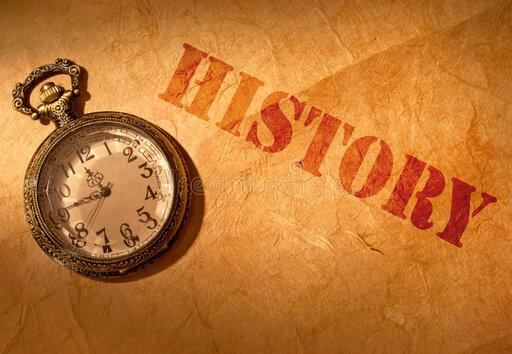NCERT Solutions for Class 10 History - The Nationalist Movement in Indo-China
Ques 1: Write a note on:
(a) What was meant by the ‘civilising mission’ of the colonisers
(b) Huynh Phu So
Ans:
(a) The “civilising mission” of the colonisers was an imperial disguise for controlling colonies. European powers assumed that their civilisation was the most advanced and that it was their humanitarian concern to spread it around the world, even if this was done by force. Europeans became the self-professed carriers of light to the colonies, rejecting the latter’s inherent traditions, religions and cultures as outdated. Also, education was viewed as a “civilising” tool, but fearing retaliation, the colonisers—the French in Vietnam, the British in India, did not want to give full access to the colonised people to Western education. They were aware that Western education might instil democratic ideals and a desire for independence. Hence, the “civilising mission” was marred by double standards and sheer hypocrisy.
(b) Huynh Phu So was a revolutionary leader who started an anti-French movement known as the Hoa Hoa.
 Fig: Huynh Phu SoHe was declared the “Mad Bonze” and put in a mental asylum by the French. He performed miracles and helped the poor; condemning unnecessary expenses, gambling, intoxication and the sale of child brides. Interestingly, he was declared sane in 1941 but was exiled to Laos after the doctor treating him also became his follower.
Fig: Huynh Phu SoHe was declared the “Mad Bonze” and put in a mental asylum by the French. He performed miracles and helped the poor; condemning unnecessary expenses, gambling, intoxication and the sale of child brides. Interestingly, he was declared sane in 1941 but was exiled to Laos after the doctor treating him also became his follower.
Ques 2: Explain the following:
(a) Only one-third of the students in Vietnam would pass the school-leaving examinations.
(b) The French began building canals and draining lands in the Mekong delta.
(c) The government made the Saigon Native Girls School take back the students it had expelled.
(d) Rats were most common in the modern, newly built areas of Hanoi.
Ans:
(a) Only one-third of the students in Vietnam would pass the school-leaving examinations because the French colonial administration followed a deliberate policy of failing students in their final year examinations so that they could not qualify for better-paid jobs. Only the wealthy Vietnamese could afford enrollment in these expensive schools, and to add to that, very few would pass the school-leaving examinations.
(b) The French began building canals and draining lands in the Mekong delta for increased cultivation. This was done under a garb to “civilise” Vietnam on a European model, but it was actually an economic idea meant to increase rice production and subsequent export of rice to the international market.
(c) When the French principal of the Saigon Native Girls School expelled the students protesting another student's expulsion, there was widespread remonstration. Considering the gravity of the situation, the government decided to control the intensity of the protests by providing an outlet—making the school take back the students.
(d) Rats were most common in the modern, newly built areas of Hanoi because the modern and apparently hygienic sewage system provided ideal breeding grounds for rodents apart from being a good transport system as well, for the rats. Sewage from the old city was drained out into the river or overflowed in the streets during heavy rains. The large sewers now became a protected breeding and living space for rats. Hanoi, despite its “modernity”, became the chief cause of the plague in 1903.
Ques 3: Describe the ideas behind the Tonkin Free School. To what extent was it a typical example of colonial ideas in Vietnam?
Ans: The ideas behind the Tonkin Free School were predominantly based on policies of westernization. Students were taught science, hygiene and French, and were encouraged to adopt Western styles of dressing.
This school was a typical example of colonial ideas in Vietnam on account of the aforementioned. It rejected traditional Vietnamese education and lifestyle, and promoted western ideals and living.
Ques 4: What was Phan Chu Trinh’s objective for Vietnam? How were his ideas different from those of Phan Boi Chau?
Ans: Phan Chu Trinh’s objective for Vietnam was to make it a democratic republic, along the western ideals of liberty. He accused the French of not following their own national ideals, and demanded for the setting up of legal and educational institutions alongside the development of agriculture and industries.
Unlike Phan Boi Chau, Phan Chu Trinh was extremely opposed to the monarchy. Hence, their ideas had at their roots this fundamental difference.
Ques 5: With reference to what you have read in this chapter, discuss the influence of China on Vietnam’s culture and life.
Ans: The influence of China on Vietnam’s culture and life was multifarious before the French colonised Vietnam. Even when the latter gained independence in 1945, the rulers maintained the use of Chinese governance systems and culture. The elites were vastly influenced by Chinese culture and life, as has been elucidated in Phan Boi Chau’s book “The History of the Loss of Vietnam”.
 Fig: Vietnamese culture
Fig: Vietnamese culture
Chinese language and Confucianism were followed by the upper classes in Vietnam. In 1911, when the Chinese Republic was set up, Vietnamese students followed suit in organising the Association for the Restoration of Vietnam. Vietnamese men also kept their hair long—a Chinese tradition.
Ques 6: What was the role of religious groups in the development of anti-colonial feeling in Vietnam?
Ans: Religious groups played a very significant role in the development of anti-colonial feeling in Vietnam. Vietnam’s religious beliefs were a mix of Buddhism, Confucianism and local customs. Christianity looked down upon their reverence for the supernatural. In 1868, the Scholars’ Revolt protested against the tyrannical spread of Christianity, and though the movement was defeated, it inspired others to follow suit. The Hoa Hao movement in 1939 drew upon popular religious ideas of the nineteenth century, and its leader Huynh Phu So was a famous entity. These groups were not in tandem with political parties which tended to look down upon their activities with discomfort. Nevertheless, religious movements were successful in arousing anti-imperialist tendencies in the Vietnamese people.
Ques 7: Explain the causes of the US involvement in the war in Vietnam. What effect did this involvement have on life within the US itself?
Ans: The US got involved in the war in Vietnam because it feared that a communist government would come to power in Vietnam after the National Liberation Front formed a coalition with the Ho Chi Minh government in the north, against Ngo Dinh Diem’s regime. US policy-planners feared a spread of communism to other countries in the area.
This involvement in the Vietnam war affected life within the US itself because of widespread public dissent. Only university graduates were exempt from compulsory service in the army and this caused even more anger among the minorities and working-class families.
Ques 8: Write an evaluation of the Vietnamese war against the US from the point of
(a) a porter on the Ho Chi Minh trail.
(b) a woman soldier.
Ans:
(a) A porter on the Ho Chi Minh trail- The evaluation of Vietnamese war from the point of view of a porter on the Ho Chi Minh trail. The war was disastrous for both the countries. The Vietnamese had to suffer a lot but even then they did not gave up and continued the war against US. Ho Chi Minh trail was an important link to understand the real nature of war between Vietnam and the US. As a porter on that trail porters felt proud because it was the matter of great honor. With a very limited resource the Vietnamese could resist against the US forces. This trail was an immense network of footpaths and roads. It was used to transport men and materials from the north to the south. It had also support bases and hospitals. In some parts supplies were transported in trucks but mostly they, the porters, did these jobs. They used to carry about 25 kilos on their backs or about 70 kilos on their bicycles. The trail was bombed regularly by the US forces in order to disrupt supplies but they were so prompt that they could rebuild the damage very quickly. It was their confidence and devotion to the nation that made them to do so and they could fight such a super power.
(b) A woman soldier- During US-Vietnam War I Vietnamese woman displayed indomitable courage in US-Vietnam war. They joined the struggle with the men and fought for the country.
 Fig: A woman soldier
Fig: A woman soldier
Their prime duty was not only as a fighter but we also nursed the wounded constructed underground rooms and tunnels. They did everything with complete devotion for the nation. They were undoubtedly of the view that the operation of the US military forces could not calm down their aspiration and they strongly believed that their victory over US was certain.
Ques 9: What was the role of women in the anti-imperial struggle in Vietnam? Compare this with the role of women in the nationalist struggle in India.
Ans: Women played a crucial role in the anti-imperial struggle in Vietnam. Women who rebelled against social conventions were idealized and rebel women of the past were likewise celebrated. Trieu Au was a popular figure in nationalist tales. In the 1960s, women were represented as brave soldiers and workers. They assisted in nursing wounded soldiers, constructing underground tunnels and fighting the enemy. Interestingly, between 1965 and 1975, 70-80% of the youth working on the Ho Chi Minh trail were women.
Compared to this very direct and active participation of Vietnamese women in the anti-imperial struggle, India women did not play a very dynamic role in the nationalist struggle of India against Great Britain. They followed Gandhian ideals of boycotting foreign goods and picketing liquor shops, but mainstream politics was controlled by men; although women like Sarojini Naidu, Kamla Nehru and Kasturba Gandhi were keenly involved.
|
27 videos|79 docs|36 tests
|
FAQs on NCERT Solutions for Class 10 History - The Nationalist Movement in Indo-China
| 1. What were the main reasons for the nationalist movement in Indo-China? |  |
| 2. Who were the key leaders of the nationalist movement in Indo-China? |  |
| 3. How did the nationalist movement in Indo-China gain momentum? |  |
| 4. What were the major challenges faced by the nationalist movement in Indo-China? |  |
| 5. What were the significant outcomes of the nationalist movement in Indo-China? |  |

































